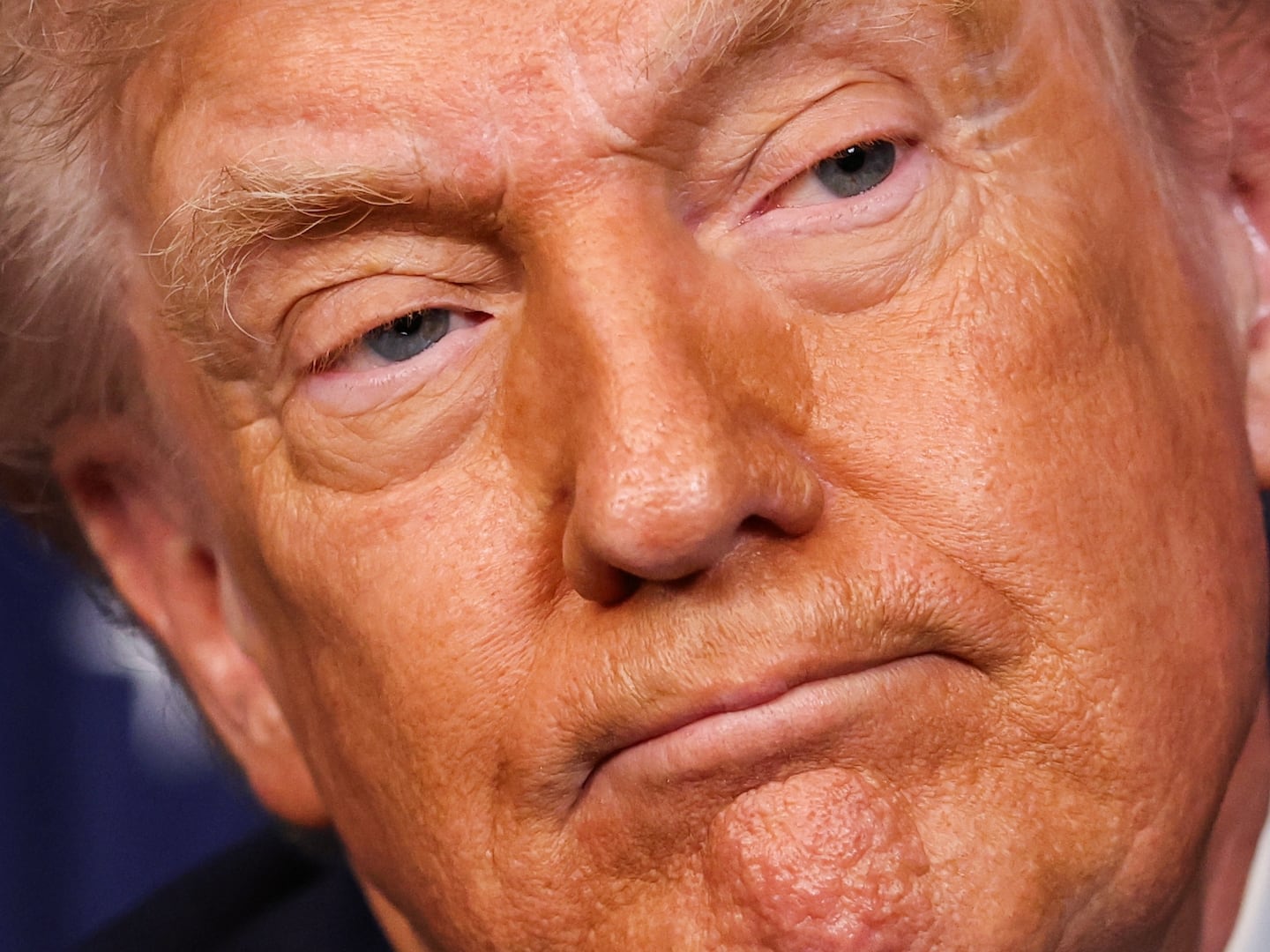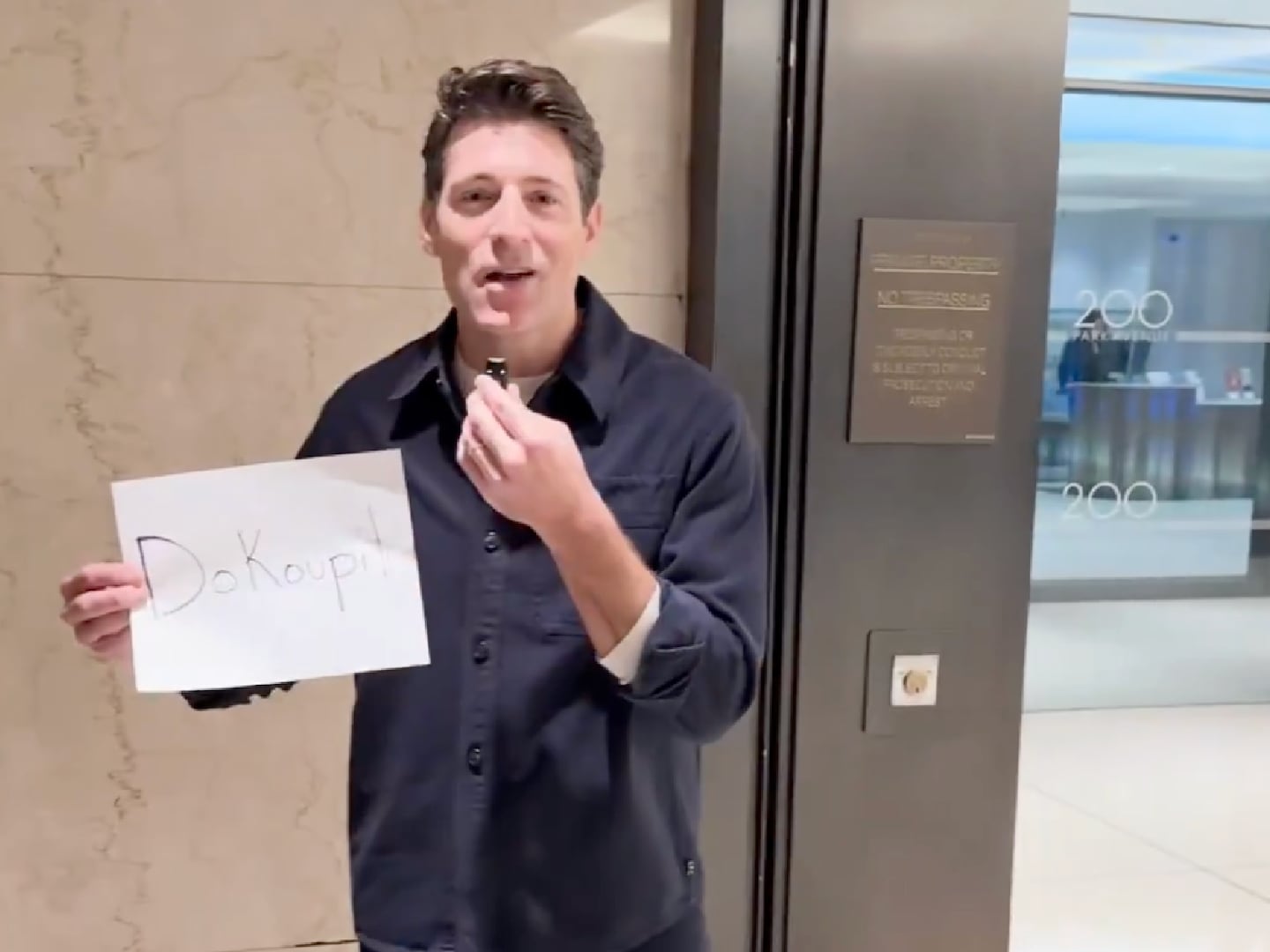The Americans who fought in World War II might have been the “greatest generation,” but millennials are by far the gayest.
Included in a new report from the Public Religion Research Institute (PRRI) on the sexual attitudes of millennials is the finding that “seven percent of millennials identify either as lesbian, gay, bisexual, or transgender.” The report is based on a survey of more than 2,000 U.S. adults between the ages of 18 and 35.
The last major meta-analysis of the size of the LGBT population in the United States, produced by the Williams Institute in 2011, estimated that 3.5 percent of adults identify as lesbian, gay, or bisexual, and 0.3 percent identify as transgender.
The contrast between the two studies is as stark as an Instagram filter: Millennials are nearly twice as likely to identify as LGBT as other American adults.
But where did this statistical doubling come from? Is the gay population poised to get larger over time, or are LGBT millennials simply more forthcoming about their gender and sexual identities than members of previous generations?
Demographers have struggled for decades to produce an accurate picture of the size of the LGBT population in the United States. In two studies from 1948 and 1953, sexologist Alfred Kinsey estimated that 10 percent of men and 2 to 6 percent of women were “more or less exclusively homosexual.”
Early gay activists quickly dropped the female side of that equation and claimed that one out of every 10 people strayed from the straight and narrow. As Gary J. Gates of the Williams Institute notes in a Washington Post op-ed, the 1-in-10 statistic—which continues to circulate colloquially to this day—was more strategic than it was factual.
“One in 10 was big enough to ‘matter,’” he writes. “But the percentage was not so large as to overly threaten a society still extremely uncomfortable with the idea of gay people.”
This political maneuvering may have been rhetorically effective, but it did obscure the true size of the LGBT population. The picture has remained unclear ever since.
As the Pew Research Center notes, conventional surveys may underestimate the size of the LGBT population due to unreliable self-reporting. A team of researchers from Ohio State University and Boston University found that survey respondents were far more likely to report a non-heterosexual identity when assured of absolute anonymity than they were when interviewed using a standard public opinion method in which respondents can still be connected to their answers.
But even providing for absolute anonymity may not be enough to demystify the size of the LGBT population. It’s nearly impossible to replicate the conditions of the closet in a scientific survey.
The result of the reluctance to self-report has been a muddled mess of varying estimates and statistics. The Centers for Disease Control (CDC) in 2014 measured lesbian, gay, and bisexual people at 2.3 percent of the adult population, while the 2010 National Survey of Health and Behavior found that 7 percent of women and 8 percent of men identify as gay, lesbian, or bisexual.
Americans are clueless about the size of the LGBT population—a 2011 Gallup poll found that more than half of them believe that gay and lesbian people constitute 20 percent or more of the population—but can we blame them for not knowing the truth when the truth isn’t out there?
As the Kinsey Institute’s own bibliography of prevalence studies reveals, the confusion has only been compounded by the sheer breadth of survey methodologies: Some researchers ask about sexual attraction, some about sexual behavior, and others about sexual orientation.
In the 1970s and ’80s, it made more sense to ask about behavior than identity. In the Bowers v. Hardwick era, respondents might have admitted to having once had a homosexual experience while being more reluctant to come out as gay or lesbian.
The fact that a full 7 percent of millennials identify as LGBT is an encouraging sign that reluctance to self-report may be fading as social acceptance of LGBT people increases. Being labeled as “gay” was once a big deal. These days, it’s just one of 12 sexual orientations on OKCupid.
If anything, the new data suggests that more older Americans may be lesbian, gay, bisexual, and transgender than previous estimates have led us to believe. Putting paranoid and moralistic rumblings about the corruption of American youth to the side, it seems unlikely that the overall proportion of LGBT people has shifted much over the last few generations.
According to a recent study in the Journal of Sex Research that analyzed data from 1991 to 2010, the prevalence of reported same-sex sexual behavior has fluctuated substantially over time, but “the percentage of people reporting a pattern of predominantly same-gender sexual behavior has neither increased nor decreased over time.”
LGBT identity is not some viral trend that’s here today, gone tomorrow. It’s much more likely that the figure for all American adults is closer to the 7 percent figure for millennials than it is that millennials have somehow contracted the gay gene from Tumblr.
That hypothesis is supported by the PRRI report’s finding that 82 percent of millennials say “their understanding of their own sexual orientation has not changed since they were young adolescents.”
In other words, the spike in LGBT identification among millennial adults probably can’t be chalked up to tired talking points about attention-seeking and narcissism. Much like their forebears, LGBT millennials understand their own identities from a young age but, unlike their forebears, they have more latitude to express them publicly.
And if 7 percent of millennial adults self-identify as LGBT under current conditions, there’s no way of knowing how high the statistical ceiling will eventually reach. According to Pew, less than 20 percent of LGBT adults report that there is “a lot” of social acceptance for LGBT people in the United States. Self-reporting could hypothetically increase even further in a future where being LGBT is not a big deal or, as a millennial might say: LGBTQIA? NBD.
So that 1-in-10 statistic, once thought to be drastically overinflated, may be closer to the truth than we knew.





